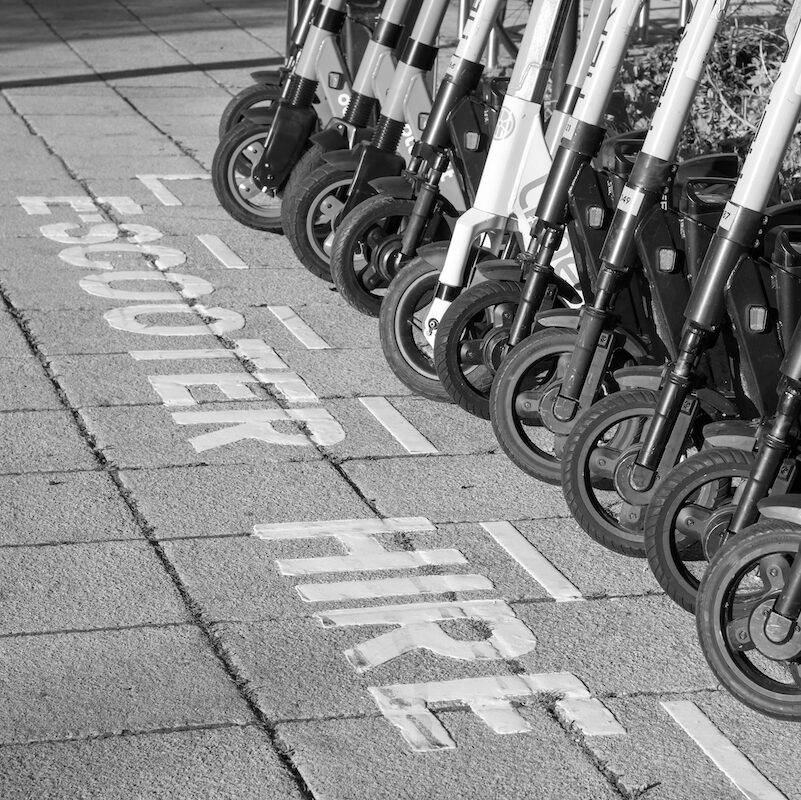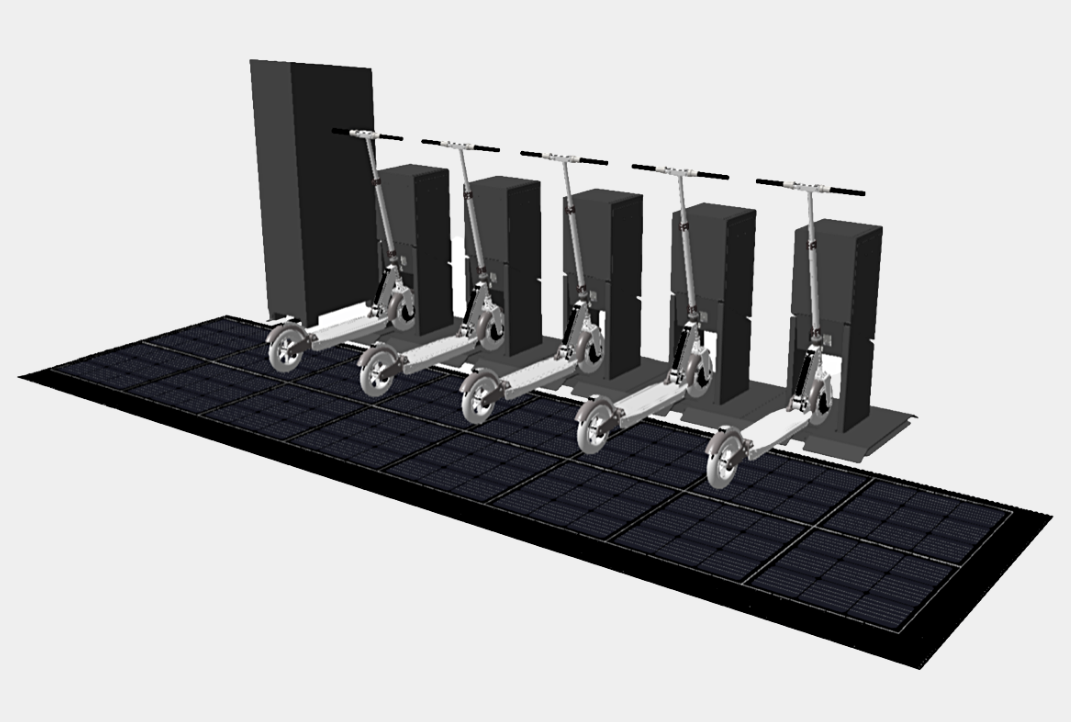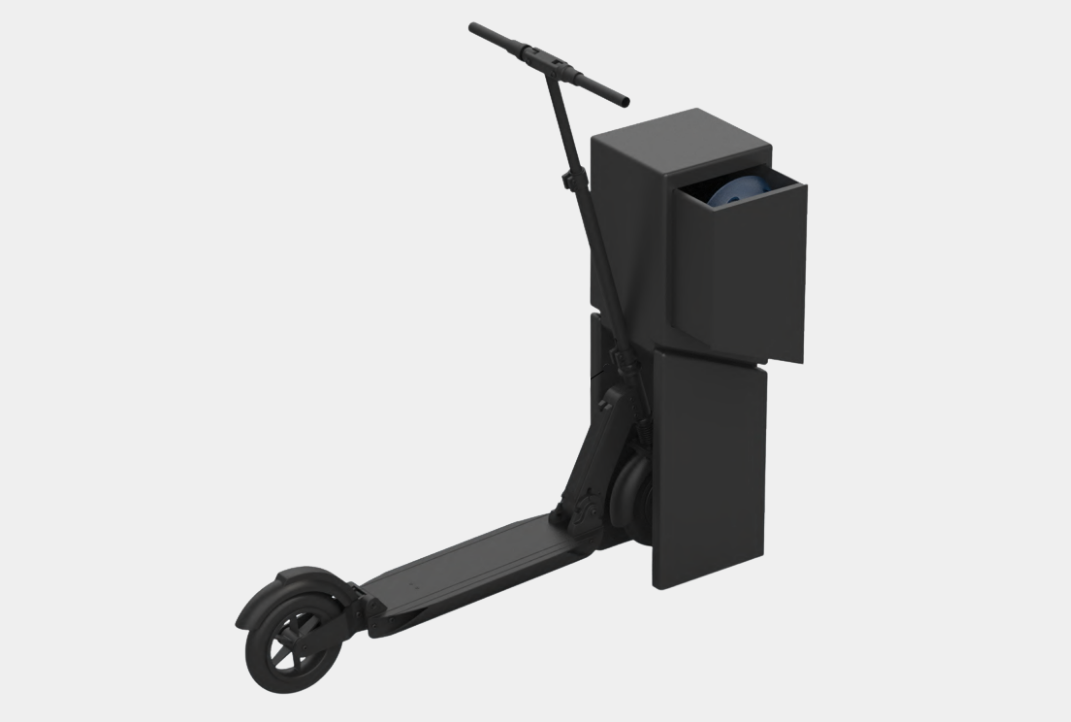How can we contribute to a cleaner and ordered micromobility schemes?
Micromobility has experienced swift market penetration in urban areas and several cities are supporting related sharing schemes, while developing an adequate policy framework. The rise of shared e-scooter reduces car usage while encouraging sustainable mobility trends, mainly for short trips, and even those that can be the first and last-mile connectors of the backbone transport system.
Their arrival on our streets a few years ago experienced a quick growth in popularity and usage, and they are a commonplace in the European main cities. However, there are still a number of challenges that need to be addressed by policymakers to ensure the orderly, safe and sustainable growth of these services.
Some of the challenges that micromobility is facing
The Solution
The partners of the Cleanergy4Micromobility project, will develop docks for e-scooters that can be easily placed everywhere including:













